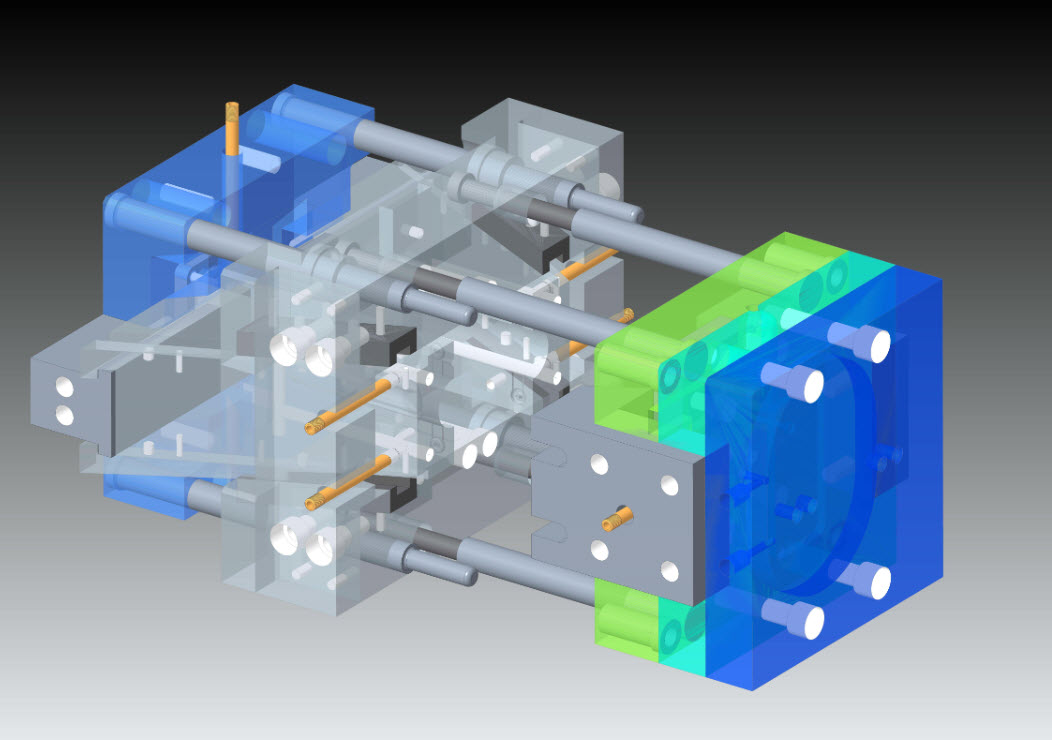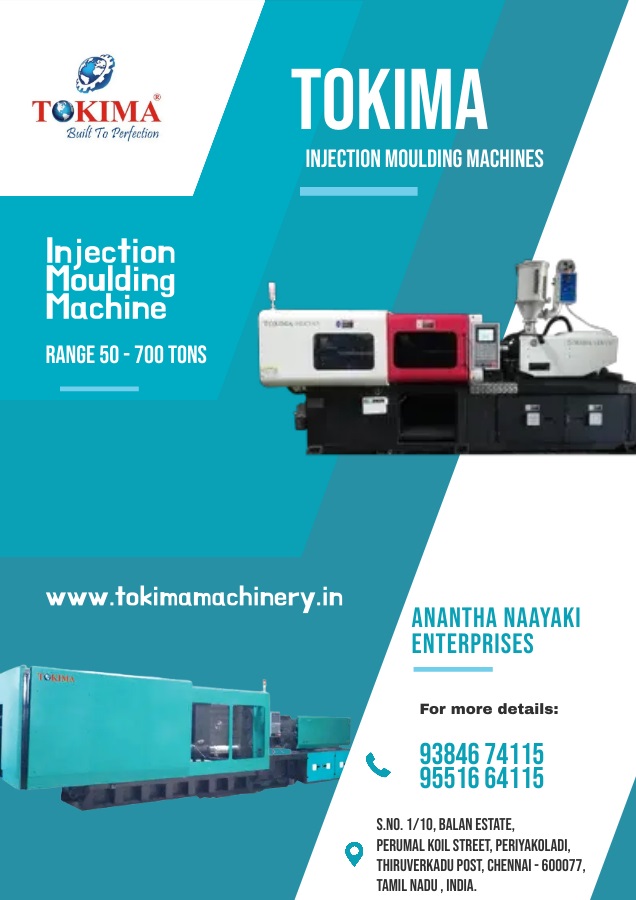10 Keys to Successful Injection Molding Design: Increase Your Chances of Producing High-Quality Parts
Introduction:
Injection molding is a widely used manufacturing process for producing high-quality plastic parts. To achieve optimal results, it is crucial to understand the key factors that contribute to successful injection molding design. In this blog post, we will explore ten essential considerations that can significantly enhance your chances of producing top-notch parts. By implementing these strategies, you can maximize the efficiency, quality, and cost-effectiveness of your injection molding process.
1. Design for Moldability:
Optimizing your part design for moldability is vital. Consider factors like draft angles, wall thickness, and fillets to ensure proper flow, filling, and ejection of the molten plastic material. This enables smoother production and minimizes the risk of defects.
2. Maintain Uniform Wall Thickness:
Consistent wall thickness throughout the part is essential for achieving balanced filling, uniform cooling, and avoiding issues like sink marks and warpage. Aim for uniformity to ensure optimal part strength and dimensional stability.
3. Gate Placement:
Strategic gate placement plays a crucial role in achieving proper material flow and minimizing potential defects. Identify suitable gate locations that promote balanced filling and minimize material stress.
4. Material Selection:
Carefully choose the appropriate material for your injection-molded part based on its required properties, such as strength, flexibility, chemical resistance, and temperature resistance. Consider factors like shrinkage rates and processing conditions to ensure compatibility with your design.
5. Surface Finish:
Determine the desired surface finish of your part early in the design process. Select the appropriate mold steel, textures, and finishes to achieve the desired aesthetics and functional requirements.
6. Rib Design:
Incorporate ribs in your part design to enhance strength while maintaining optimal wall thickness. Well-designed ribs can improve stiffness, reduce warping, and prevent sink marks.
7. Consider Undercuts:
Evaluate if your part design requires undercuts for additional functionality. Plan for proper mold features, such as side actions or lifters, to accommodate undercuts effectively.
8. Cooling System Design:
Efficient cooling is crucial for maintaining cycle times and achieving consistent part quality. Optimize the cooling system design within the mold to ensure uniform cooling and minimize warpage.
9. Design for Manufacturability:
Consider the capabilities and limitations of the injection molding process during the design phase. Simplify the part geometry, eliminate unnecessary features, and ensure ease of mold fabrication and part ejection.
10. Prototype and Testing:
Before finalizing the design, create prototypes and perform thorough testing to validate the functionality, fit, and manufacturability of the part. Identify and address any potential issues early on to minimize rework and production delays.
Conclusion:
Implementing these ten key considerations in your injection molding design process can significantly enhance your chances of producing high-quality parts. By optimizing moldability, wall thickness, gate placement, material selection, surface finish, rib design, undercuts, cooling system, and manufacturability, you can achieve efficient production, minimize defects, and ensure consistent part quality. Stay proactive in prototype development and testing to fine-tune your design and maximize overall success. With careful attention to these factors, you can unlock the full potential of injection molding for producing top-notch parts.







No comments